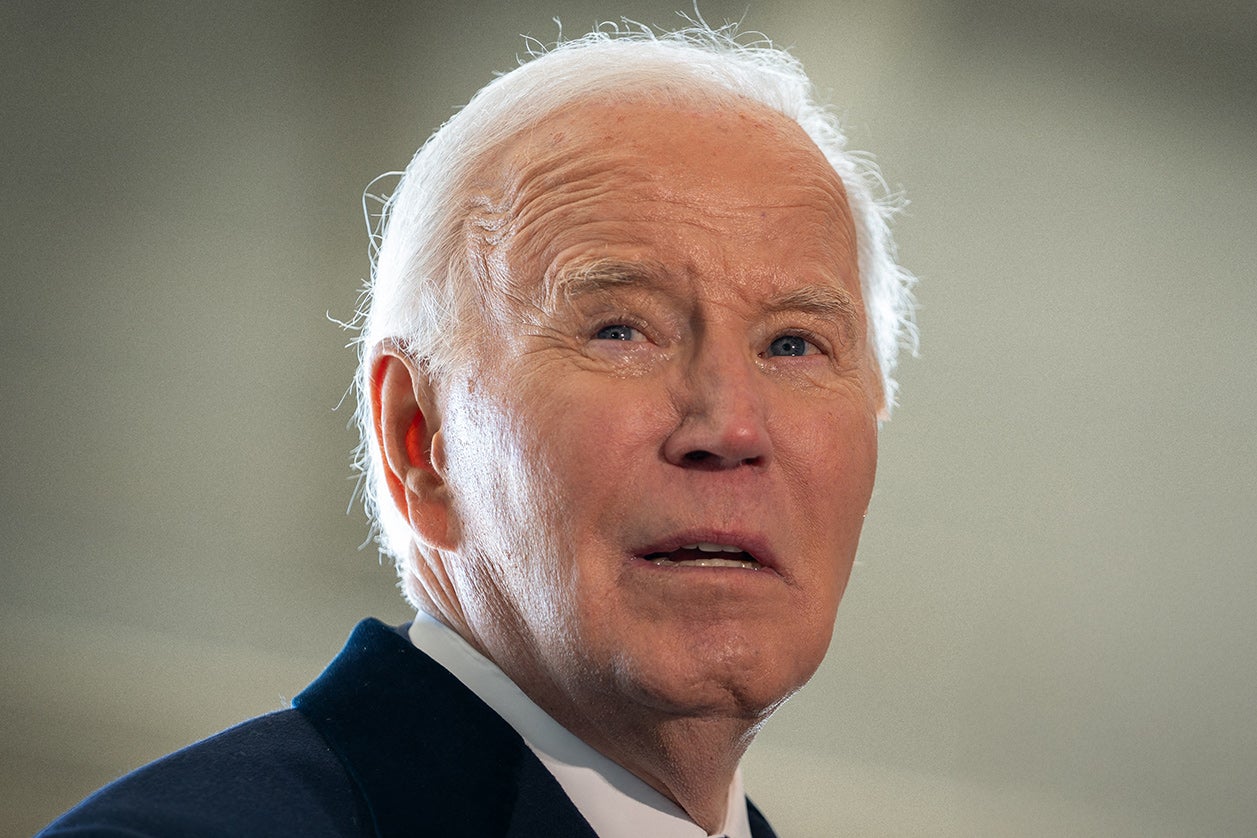The Untold Challenges: Why Cancer Research Often Overlooks Seniors
As global life expectancy rises, a critical gap in cancer research is emerging: patients aged 82 and older are frequently excluded from clinical trials and treatment studies. Despite seniors representing the fastest-growing demographic in oncology, systemic biases and practical barriers leave this vulnerable population without evidence-based care options. This oversight threatens to exacerbate health disparities as the world’s over-60 population doubles by 2050.
The Invisible Majority in Cancer Statistics
While adults over 65 account for 60% of new cancer diagnoses and 70% of cancer deaths in the U.S., only 25% of clinical trial participants fall into this age group. For octogenarians, participation plummets below 10%. The Journal of Clinical Oncology recently revealed that 40% of breast cancer trials explicitly exclude patients based on upper age limits alone.
“We’re essentially flying blind when treating older patients,” says Dr. Evelyn Torres, geriatric oncologist at Memorial Sloan Kettering. “A 45-year-old and an 85-year-old may have the same cancer type, but their bodies respond to treatment radically differently. Yet we’re forced to extrapolate data from younger, healthier cohorts.”
Barriers Preventing Senior Inclusion
Three key factors contribute to this research gap:
- Comorbidity exclusions: 78% of trials disqualify patients with common age-related conditions like hypertension or mild dementia
- Logistical challenges: Transportation barriers and strict visit schedules disproportionately affect older adults
- Physician bias: A 2023 Dana-Farber study found oncologists under-refer eligible seniors by 33% due to perceived fragility
Dr. Marcus Yang, a biostatistician at Johns Hopkins, notes: “Trial designs haven’t evolved with our aging population. We’re using 20th-century protocols for 21st-century demographics. The average trial participant looks nothing like the average cancer patient walking into clinics.”
The Physiological Knowledge Gap
Older bodies process medications differently due to:
- Reduced kidney/liver function (affecting drug clearance)
- Altered body composition (changing drug distribution)
- Polypharmacy risks (93% of seniors take 5+ daily medications)
A landmark 2022 meta-analysis in The Lancet Oncology showed seniors experience 3.2x more severe side effects from chemotherapy than middle-aged patients at equivalent doses. Without age-specific dosing studies, oncologists must choose between undertreatment and dangerous toxicity.
Economic Realities vs. Research Priorities
Pharmaceutical companies often prioritize drugs with the highest commercial potential. “Developing senior-specific therapies isn’t financially attractive when you can test blockbuster drugs on healthier populations with longer projected lifespans,” explains healthcare economist Dr. Priya Kapoor. This creates a vicious cycle where lack of data justifies further exclusion.
However, some progress is emerging:
- The FDA’s 2019 guidance encouraging older adult inclusion in trials
- NCI’s $20M grant program for geriatric oncology research (2021-2025)
- Patient advocacy groups like Silver SOS pushing for age-inclusive trial designs
Toward Age-Inclusive Cancer Research
Leading institutions now implement creative solutions:
- Remote monitoring via wearable devices to reduce clinic visits
- “Comorbidity-friendly” trial designs with flexible eligibility
- Geriatric assessment tools to better evaluate biological vs. chronological age
As 82-year-old lung cancer survivor Margaret Chen recounts: “My oncologist admitted they were guessing with my treatment plan. No one should hear that at any age, especially when lives are on the line.”
The Road Ahead
With cancer cases in those over 85 projected to increase 57% by 2040, the medical community faces urgent questions. Will regulatory agencies mandate age diversity quotas in trials? Can telehealth bridge accessibility gaps? How will Medicare cover emerging senior-specific therapies?
Experts agree systemic change requires:
- Revised FDA trial design guidelines with age representation benchmarks
- Increased NIH funding for geriatric oncology studies
- Medical school curricula emphasizing age-specific cancer care
The time to act is now. Share this article to raise awareness about this critical healthcare disparity affecting our aging population. For those seeking to advocate for older loved ones, resources are available through the National Coalition for Cancer Survivorship and the Alliance for Aging Research.
See more WebMD Network



